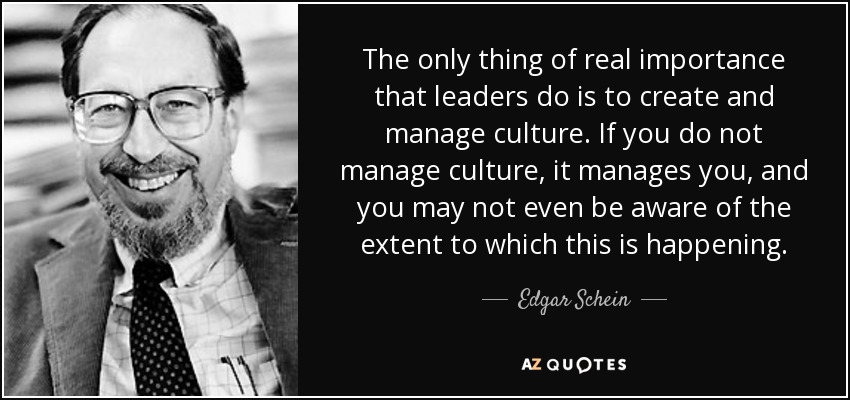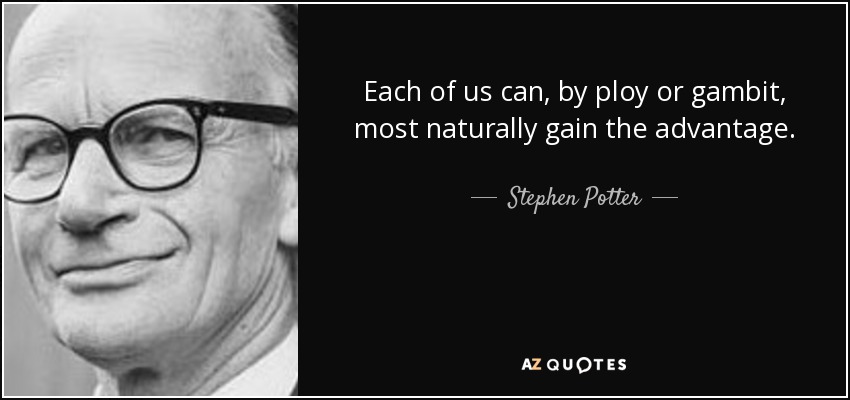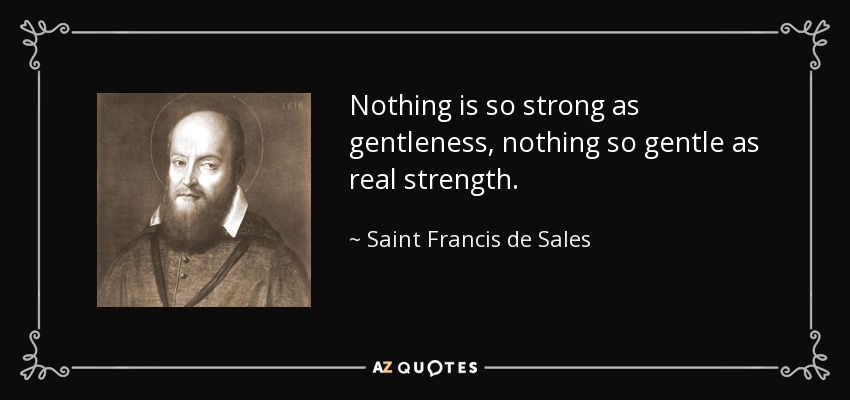Click here to return to Blog Post Intro
Schein notes, “In an increasingly complex, interdependent, and culturally diverse world, we cannot hope to understand and work with people from different occupational, professional, and national cultures if we do not know how to ask questions and build relationships that are based on mutual respect and the recognition that others know things that we may need to know in order to get a job done. Humble Inquiry is the fine art of drawing someone out, of asking questions to which you do not already know the answer, of building a relationship based on curiosity and interest in the other person.”
In NASA’s Challenger and Columbia disasters, and in the British Petroleum gulf oil spill, a common finding is that lower-ranking employees had information that would have prevented or lessened the consequences of the accident, but either it was not passed up to higher levels, or it was ignored, or it was overridden.
How does one produce a climate in which people will speak up, bring up information that is safety related, and even correct superiors or those of higher status when they are about to make a mistake? The answer runs counter to some important aspects of U.S. culture— we must become better at asking and do less telling in a culture that overvalues telling.
Higher-ranking leaders who must learn the art of Humble Inquiry as a first step in creating a climate of openness. Telling puts the other person down, implying that the other person does not have the answer while asking empowers the other person in the conversation.
Differentiating Humble Inquiry from Other Forms of Inquiry
There are four fundamentally different forms of inquiry:
1) Humble Inquiry
Humble Inquiry maximizes your curiosity and interest in the other person and minimizes bias and preconceptions about the other person. You ask for information in the least biased and threatening way.
The other person will determine your level of interest by what you ask and how well you hear the response. Your attitude and motive will then reveal themselves in your further questions and responses as the conversation proceeds.
Humble Inquiry does not influence either the content of what the other person has to say, nor the form in which it is said.
2) Diagnostic Inquiry
This is one of the most common deviations from Humble Inquiry, and it generally starts when you get curious about a particular thing the other person is describing. As innocent and supportive as these questions might seem, they take control of the situation and force others to think about something that they may not have considered and may not want to consider. Action-oriented questions clearly push the other person even further into your line of thinking.
3) Confrontational Inquiry
Confrontational inquiry essentially means that you insert your own ideas in the form of a question. When we talk about rhetorical questions or leading questions, we are acknowledging that the question is really a form of telling.
Confrontational questions can be humble if your motive is to be helpful and if the relationship has enough trust built up to allow the other to feel helped rather than confronted. Timing, tone of voice, and various other cues tell the listener about your motives. Test your motives before asking a confrontational question. Are you feeling humble and curious or have you fallen into thinking you have an answer and are just testing out whether or not you are right?
4) Process-Oriented Inquiry
If you are trying to develop a good relationship and feel the conversation going in the wrong direction, you can humbly ask, “What is happening? Are we OK? Or did I offend you?” These questions allow you to explore what might be wrong and how it might be fixed. Instead of continuing with the content of the conversation, this kind of inquiry suddenly focuses on the here-and-now interaction.
The power of this kind of inquiry is that it focuses on the relationship itself and enables both parties to assess whether their relationship goals are being met. Used with humility this kind of inquiry is probably also the most difficult to learn because our culture does not support it as normal conversation.
Humble Inquiry starts with the attitude and is then supported by our choice of questions.
The Culture of Do and Tell
In the United States, we claim to value teamwork and talk about it all the time, but the artifacts—our promotional systems and rewards systems—are entirely individualistic.
Why do specific aspects of the U.S. culture make Humble Inquiry more difficult?
1) We value task accomplishment more than relationship building.
The U.S. culture is individualistic, competitive, optimistic, and pragmatic. We are arrogant and deep down believe we can fix anything—“The impossible just takes a little longer.”
In the United States, status and prestige are gained by task accomplishment, and once you are above someone else, you are licensed to tell them what to do. The best engineer and the best salesperson are promoted to be supervisors where they can now tell others what to do.
The result of a pragmatic, individualistic, competitive, task-oriented culture is that humility is low on the value scale.
2) We have a culture of tell.
We take it for granted that telling is more valued than asking. Asking the right questions is valued, but asking in general is not. To ask is to reveal ignorance and weakness. Knowing things is highly valued, and telling people what we know is almost automatic because we have made it habitual in most situations.
We still live in a culture of what Stephen Potter so eloquently described in the 1950s as gamesmanship and one-upmanship. Potter notes that there are several ways to gain points in competitive conversation: making a smart remark, putting down someone who has claimed too much, and turning a clever phrase even if it embarrasses someone else in the conversation.
When we are in the telling mode, we hope to educate, to impress, to score points, to entertain; when we are in the listening mode, we want to be educated, impressed, and entertained.
The U.S. culture is strongly built on the tacit assumptions of pragmatism, individualism, and status through achievement. These assumptions introduce a strong bias for getting the job done, which, combined with individualism, leads to a devaluing of relationship building, teamwork, and collaboration except as means to the end of task accomplishment. Given those cultural biases, doing and telling are inevitably valued more than asking and relationship building. However, as tasks become more complex and interdependent, collaboration, teamwork, and relationship building will become more necessary. That, in turn, will require leaders to become more skilled in Humble Inquiry.
Forces Inside Us as Inhibitors
Being curious about and asking about something can easily become too personal and lead the other person to be offended. Therefore, the cultural rules about what is personal and what is intimate have to be understood and followed unless, by mutual agreement, they have somehow been suspended in a “cultural island.”
The time where Humble Inquiry is often most needed is when we observe something that makes us angry or anxious. It is at those times that we need to slow down, to ask others in a humble way in order to check out the facts, and to ask ourselves how valid our reaction is before we make a judgment and leap into action.
Developing the Attitude of Humble Inquiry
In the recent and very timely book Dancing at the Edge, the authors propose that to live in the 21st century will require a new kind of human being—one that is more conscious of self, more social, more culturally wise, and more innovative in taking action.
Schein explains, “In my personal life, especially as I am aging, I find that the biggest mistakes I make and the biggest risks I run all result from mindless hurrying. If I hurry, I do not pay enough attention to what is going on, and that makes mistakes more likely. More importantly, if I hurry, I do not observe new possibilities. Learning Humble Inquiry is not learning how to run faster but how to slow down in order to make sure that I have observed carefully and taken full stock of situational reality.”
In our task-oriented impatient culture of Do and Tell, the most important thing to learn is how to reflect more. If you learn to slow down, vary your pace, and become more mindful and creative, you will also have time for a particular form of reflection, which is to review and analyze something that you have just done.
When the army does maneuvers, it does an after-action review in a deliberate attempt to get feedback from everyone regardless of rank. Hospitals hold special meetings to review cases, especially when things go wrong. The power of a process review period is that the boss can suspend the cultural rules of deference and ask even the lowest-ranking people in the group to speak frankly about their perceptions of what has gone on. In those reviews, Humble Inquiry is the primary form of question to elicit accurate information from everyone.
There is growing acknowledgment that organizations perform better when the employees in various departments recognize their degree of interdependence and actively coordinate and collaborate with each other. Jody Gittell noted in her research on this issue that the key to coordination is shared goals, mutual understanding of each other’s work, and mutual respect.
Slowing down, reflecting, becoming more mindful, accessing the artist within you, and engaging in more process reviews—all will lead to a clearer recognition of what the needs for coordination and collaboration are in your work situation.
Brady’s Reflections
As an observer of leaders and organization dynamics for more than 25 years, I am convinced that teams produce more creative, innovative options and solutions when the leader asks questions.
In my own experience, I always want to know what my team members would do or what decision they would make. What do they think? As both a follower and a leader, I’ve found that it’s helpful to try to take your leader’s perspective. Consider the questions she or he will ask and address those before they’re asked. Take the perspective of your leader when making recommendations or offering solutions. What are the challenges your leader is facing? How can you help?
As a leader, it’s helpful to me knowing that I don’t have to have all the new ideas. There are plenty of good ideas out there. You have to seek them…through benchmarking, reading, networking, and training.
About 10 years ago, I had an opportunity to work with The World Bank’s International Finance Corporation for 5 months. They had a great HR organization…and thought of themselves as a high-performing organization, who can learn from others. At times, NASA refers to itself as the “best” organization, which I’ve found limits our thinking about benchmarking and looking beyond our own perspectives. Would a different perspective help? That question also led me to seek an assignment as a front-line leader in a technical organization after serving as Deputy HR Director for 3 years.
The art of asking questions and humble inquiry is closely connected to the fruit of the spirit of gentleness—the mark of humility. Gentleness is not an expression of weakness, rather, it’s gracious restraint.
A few years back, I heard the question, “Are you humbitious enough to lead?” Check out my previous post to learn more.
May you learn to incorporate Humble Inquiry into your leadership toolkit, as you shoot for the stars!



